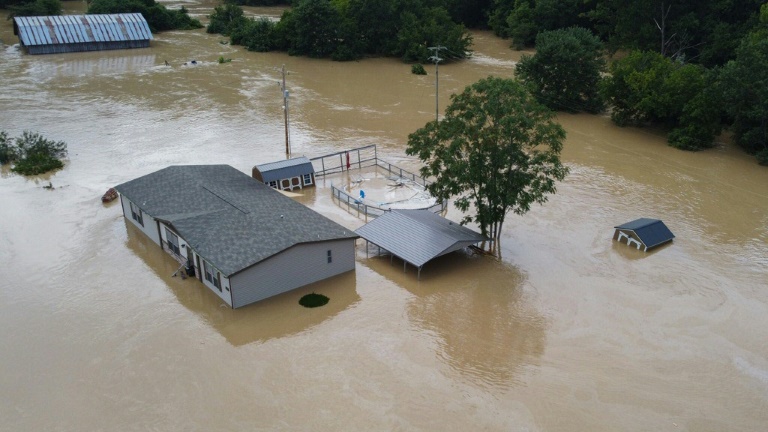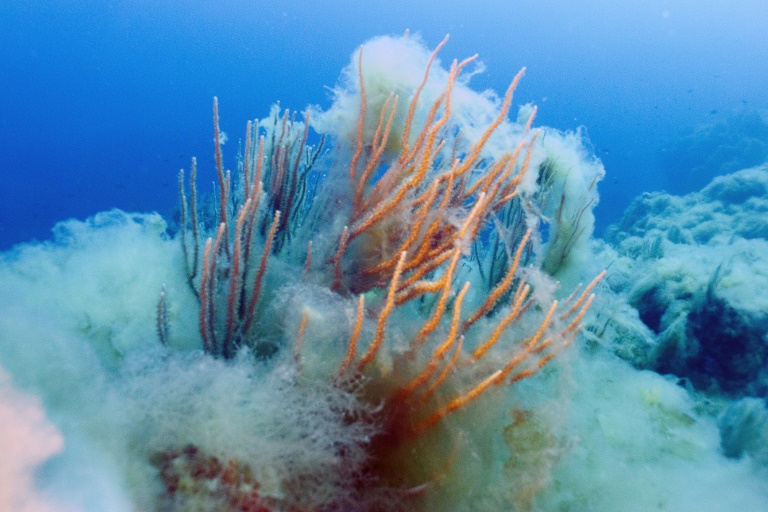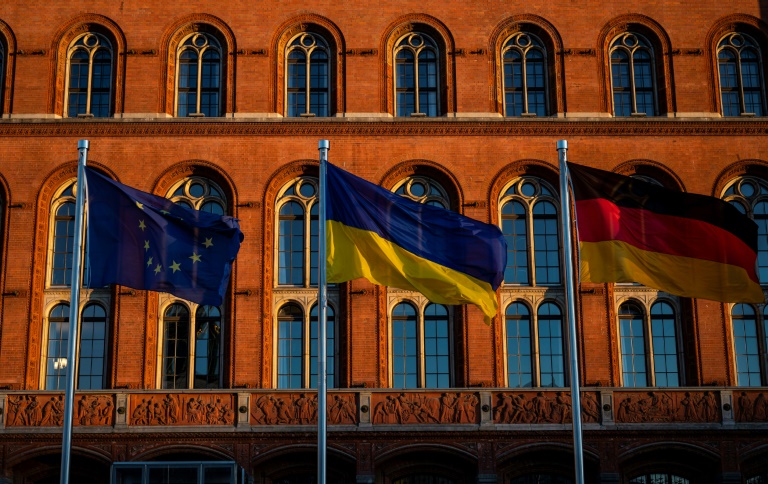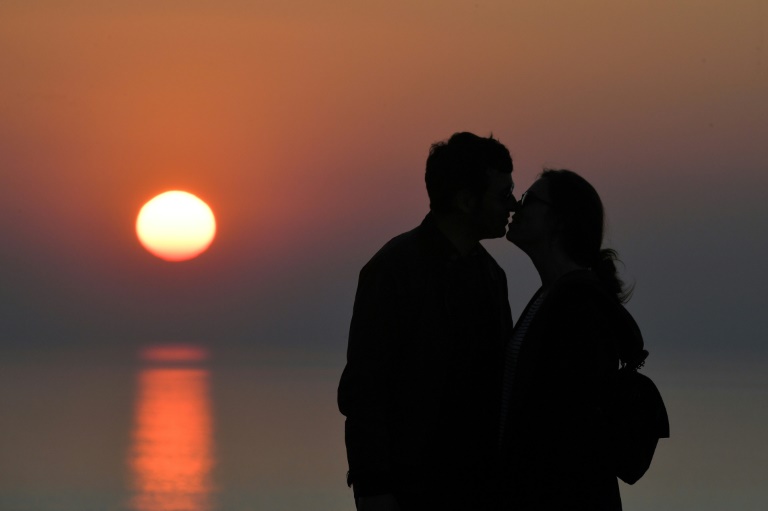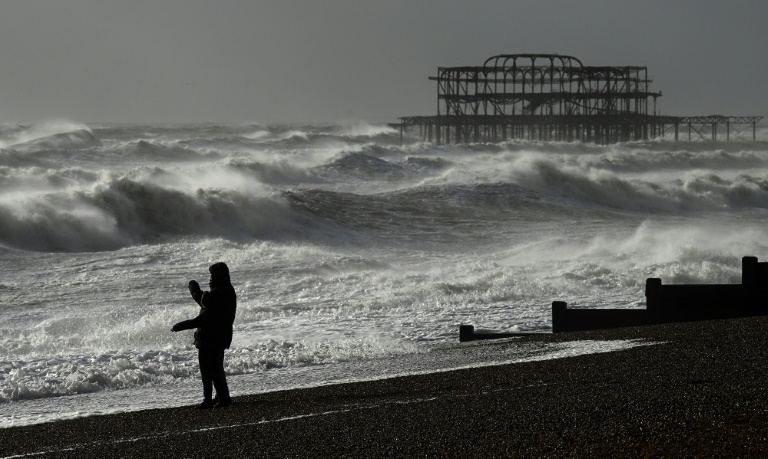Eight dead in 'devastating' Kentucky flooding
Flash flooding caused by torrential rains has killed at least eight people in eastern Kentucky and left some residents stranded on rooftops and in trees, the governor of the south-central US state said Thursday.
The world has been hit by extreme weather events in recent months, incidents that scientists say are an unmistakable sign of climate change.
“This is going to be the worst flooding in recent memory — devastating and deadly,” Governor Andy Beshear told local NBC affiliate WLEX in an interview.
“We’re going to end up with double-digit deaths. Right now, I believe we can confirm at least eight, but that number is increasing, it seems, by the hour.”
The victims include an 81-year-old woman in Perry County.
Beshear said that responders have rescued “between 20 and 30” people by air. Earlier, he described people standing on rooftops or climbing up trees to escape the floodwaters while waiting for rescue.
Many roads resembled rivers, mangled cars littered the landscape and muddy brown floodwaters lapped against the rooftops of low-lying houses in the state’s Appalachian region.
Some areas reported receiving more than eight inches (20 centimeters) of rain in a 24-hour period.
The North Fork of the Kentucky River at Whitesburg, usually one to two feet deep at this time of year, rose to a staggering 20 feet, well above its previous record of 14.7 feet.
The governor said a state of emergency had been declared in half a dozen counties, and four National Guard helicopters have been deployed to help with rescue efforts.
The Kentucky Department of Fish and Wildlife had deployed Zodiac boats to carry out water rescues.
“There’s a lot of people out there who need help,” Beshear told reporters earlier in the day. “And we’re doing the very best we can to reach each and every one of them.
“The situation right now is tough,” he added.
“Hundreds will lose their homes, and this is going to be yet another event that it’s going to take not months, but likely years for many families to rebuild and recover from,” he said.
Beshear said around 25,000 homes were without power statewide, and many were without water.
The National Weather Service said the area was still at risk of flash flooding and warned more heavy rain was expected.
White House Press Secretary Karine Jean-Pierre said President Joe Biden had been briefed about the flooding.
Jean-Pierre said Deanne Criswell, head of the Federal Emergency Management Agency, would travel to Kentucky on Friday and report back to the president.

